Baiko

Frankreich (France)
http://www.zen-images.com
Kunstart: Skulptur
Technik: Materialmix
Stil: Moderne
Vita / Lebenslauf:
Baiko is the Japanese name of artist Astrid Stadt, Ikebana master (Sensei) of the Sogetsu School of Japan. Baiko means plum blossom, a very revered flower in Japan. White to rose in color, the plum blossom appears in early February, a harbinger of spring. The Japanese admire it for its resilience against the cold of winter. Baiko is a symbol of perseverance in the face of adversity. Astrid received the name Baiko when the Sogetsu School awarded her the title Sensei. All the prints of her creations are stamped with her Baiko seal.
Baiko has been chosen several times as a Featured Artist by Imagekind, one of the internet\'s leading artist member printing companies. She received the Spanish Arte y Pico Award. And she has been selected Featured Artist of the Week by the popular art blog, Empty Easel.
Here is what Empty Easel wrote about Baiko\'s Ikebana Art:
\"...her creations are like organic sculptures, made up of living flowers, stems, and branches to form free-flowing works of three-dimensional art.\"
I�d honestly never seen anything like this before....and I was amazed at how artistic flower arrangements could be.\"
In Baiko\'s art there is \"...a beautiful balance of positive and negative space, while creating focal points with colors....I love the calm simplicity of Baiko�s work...\"
Ikebana, the Japanese art of flower arranging, originated during the 6th century in Japan with the introduction of Buddhism from China. It was the custom to place floral offerings in front of altars to honor the Buddha and the souls of the dead. Over time, these floral offerings evolved into floral arrangements designed to express the harmony between man and nature and between spirit and matter. By the 13th century, the practice of Ikebana became a form of meditation for Zen Buddhist priests. In 1929, a radical new approach to Ikebana was launched by Sofu Teshigahara, the late founder of the Sogetsu School. Teshigahara broke with rigid classical rules and emphasized the artist�s freedom of expression. He said, �Ikebana is not just about sticking a flower into a vase: it is about the love and need of the artist to create beautiful forms.�
Aktivitäten / Ausstellungen:
|
|
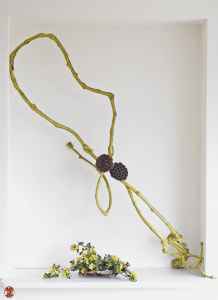
|
Ikebana-007
Fotografie
Fine-Art-Print
55 x 40 cm
2007
verkäuflich (Preis auf Anfrage)
mehr Informationen
|
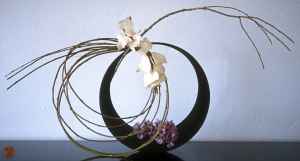
|
Ikebana-000
Fotografie
Fine-Art-Print
43 x 81 cm
verkäuflich (Preis auf Anfrage)
mehr Informationen
|
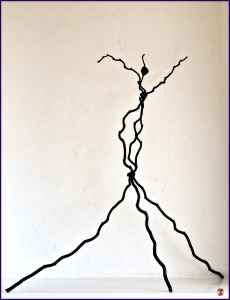
|
Ikebana-079
Fotografie
Fine-Art-Print
53 x 40 cm
2007
verkäuflich (Preis auf Anfrage)
mehr Informationen
|
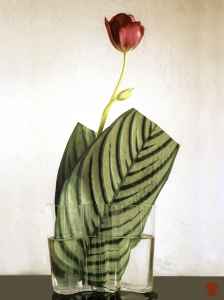
|
Ikebana-006
Fotografie
Fine-Art-Print
81 x 60 cm
verkäuflich (Preis auf Anfrage)
mehr Informationen
|
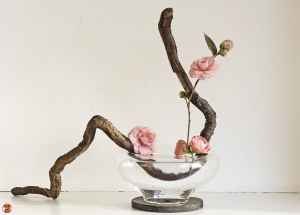
|
Ikebana -036
Fotografie
Fine-Art-Print
40 x 56 cm
2007
verkäuflich (Preis auf Anfrage)
mehr Informationen
|
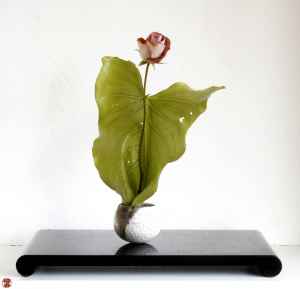
|
Ikebana-017
Fotografie
Fine-Art-Print
27 x 28 cm
2007
verkäuflich (Preis auf Anfrage)
mehr Informationen
|
|
 english
english
 español
español francais
francais
 russkii
russkii english
english
 español
español francais
francais
 russkii
russkii





